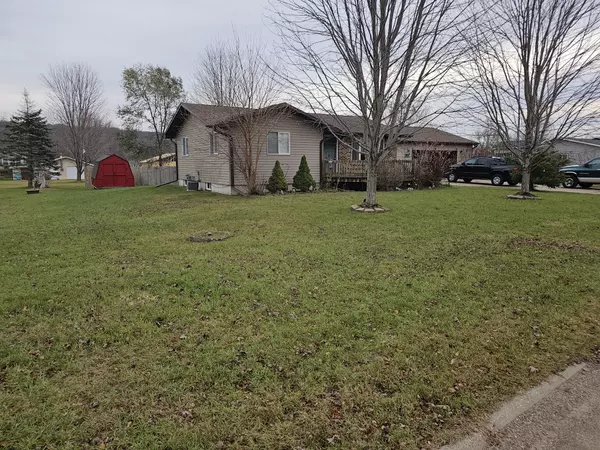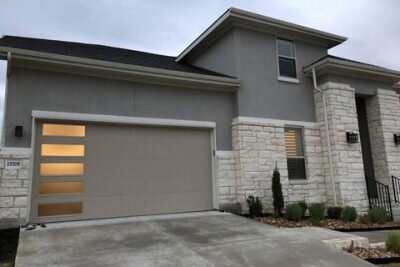In 2025, the real estate market in Minnesota continues to evolve rapidly. From urban developments in Minneapolis to suburban expansion in places like Rochester and St. Cloud, competition is heating up. Whether you’re a seasoned investor, broker, or new developer, your ability to increase conversion in real estate deals can make or break your success.
Understanding what influences potential buyers or investors to take action—and how to guide them there—is the key to mastering real estate transactions. This article walks you through top strategies framed around the essential “W” and “H” questions: What, Which, Who, Where, Why, When, How, and Whose.
Let’s dive into practical, human-centered advice that works in today’s Minnesota market.
What is Conversion in Real Estate, and Why Does It Matter?
In real estate, conversion refers to the point at which a lead becomes a buyer, tenant, or investor—basically, when interest becomes action. Whether you’re converting a website visitor into a property inquiry or a property showing into a signed deal, this metric measures your sales efficiency.
High conversion rates signal trust, clarity, and value. In contrast, low rates often mean there’s friction in your marketing or sales funnel. Optimizing for conversion in real estate isn’t just a numbers game—it’s a people game. Understanding your audience and building an experience that resonates with them is critical.
Which Channels Work Best for Real Estate Conversion?
Not all marketing channels perform equally when it comes to closing real estate deals in Minnesota. In 2025, the most effective channels include:
Hyper-local SEO & Listings: Optimize your Google Business Profile, Zillow, and Realtor.com listings with localized tags like “homes forsale in Bloomington MN” or “commercial space in Duluth.”
Social Media Ads: Platforms like Facebook and Instagram still offer high ROI, especially with dynamic retargeting.
Email Nurture Campaigns: Personalized follow-ups with market updates and property suggestions convert better than generic blasts.
3D Virtual Tours: Post-pandemic buyers expect immersive experiences, especially in rural or secondary markets like Mankato or Brainerd.
Use data-driven tools like CRM conversion tracking and heatmaps to identify which channels bring in qualified leads and where they drop off.
Who Is Your Ideal Buyer or Investor in Minnesota?
To increase conversion, you must know who you’re targeting. In 2025, the Minnesota real estate landscape is dominated by three growing segments:
- Millennial Homebuyers – Tech-savvy, value transparency, and prefer properties with sustainable features.
- Remote Professionals Relocating – Drawn to Minnesota’s affordable housing and quality of life.
- Institutional Investors – Seeking opportunities in multi-family and mixed-use developments in up-and-coming areas.
Craft messaging, visuals, and property recommendations that speak directly to these groups. Use behavioral data to refine your personas regularly.
Where Are the Best Opportunities for High Conversion?
Focus your efforts where demand meets opportunity. In Minnesota, 2025 hotspots for high-conversion real estate deals include:
Twin Cities Metro Area – Consistently strong for both residential and commercial development.
Rochester – Driven by the Destination Medical Center initiative and Mayo Clinic expansion.
St. Cloud & Mankato – Offering a mix of affordability and growing job markets.
Duluth Waterfront – Increasing interest from out-of-state investors for luxury and rental properties.
Whether selling a new condo or managing a multifamily project, understanding the hyper-local demand and demographics improves your conversion rates.
Why Are Buyers Hesitating, and How Can You Reduce Drop-off?
Even the most beautiful property can struggle to convert if it doesn’t address buyers’ hesitations. In 2025, the top reasons buyers in Minnesota hesitate include:
Rising interest rates
Concerns over property taxes
Incomplete or unclear property information
Poor digital experiences
To counteract this:
Be transparent about monthly costs and tax implications.
Offer pre-qualification tools or partner with mortgage advisors.
Use high-resolution photography, drone footage, and 3D tours.
Make mobile browsing seamless—over 60% of property searches happen on smartphones.
When Is the Best Time to Engage and Convert Real Estate Leads?
Timing your communication plays a crucial role. Based on 2025 data trends:
Best time to follow up: Within the first 5 minutes of a lead form submission.
Best days for listing releases: Tuesdays and Thursdays see the highest engagement.
Best months for conversion: Spring (March–May) and early Fall (September-October) yield higher closings in Minnesota.
Use automated scheduling tools to respond in real-time and plan listings around peak traffic days.
How Can You Improve Your Real Estate Funnel in 2025?
Improving your funnel means ensuring each step—from discovery to closing—is frictionless. Here’s how:
Optimize Landing Pages: Clear CTAs, fast loading times, and mobile responsiveness are non-negotiables.
Implement Live Chat: Real-time answers = fewer bounces.
Use Predictive Analytics: Tools like AI-powered CRMs can forecast which leads are likely to convert.
Integrate Video: Intro videos, walk-throughs, and testimonial clips build trust.
You should also consider enlisting a firm that specializes in professional real estate development to streamline project management, permitting, and investor communications—especially for larger projects.
Whose Responsibility Is It to Improve Conversions?
While sales teams often shoulder the burden of closing deals, improving real estate conversions is a collaborative effort. Here’s how roles align:
Marketing Teams: Craft compelling messages and funnel design.
Sales Agents: Nurture relationships and respond quickly.
Developers: Ensure property design matches market demand.
Data Analysts: Provide insights on drop-offs and behavioral trends.
Client Success Teams: Support buyers post-sale to build referrals.
Shared responsibility ensures that no stage of the funnel is neglected and every touchpoint supports the buyer journey.
Final Thoughts
Increasing conversion in real estate isn’t about pushing harder—it’s about aligning better. In Minnesota’s dynamic 2025 landscape, conversion means crafting trust at every step. Whether through tailored communication, the right tech stack, or strategic timing, each decision shapes your deal’s outcome.
Understanding what drives conversion, who your buyer is, where to focus, and how to implement change empowers you to move deals across the finish line. And when you bring in experts in professional real estate development, you gain a strategic edge that simplifies complexity and accelerates success.
By focusing on the human side of real estate—understanding behavior, reducing friction, and adding value—you’ll find that increasing conversions is not just a strategy; it’s a mindset.



